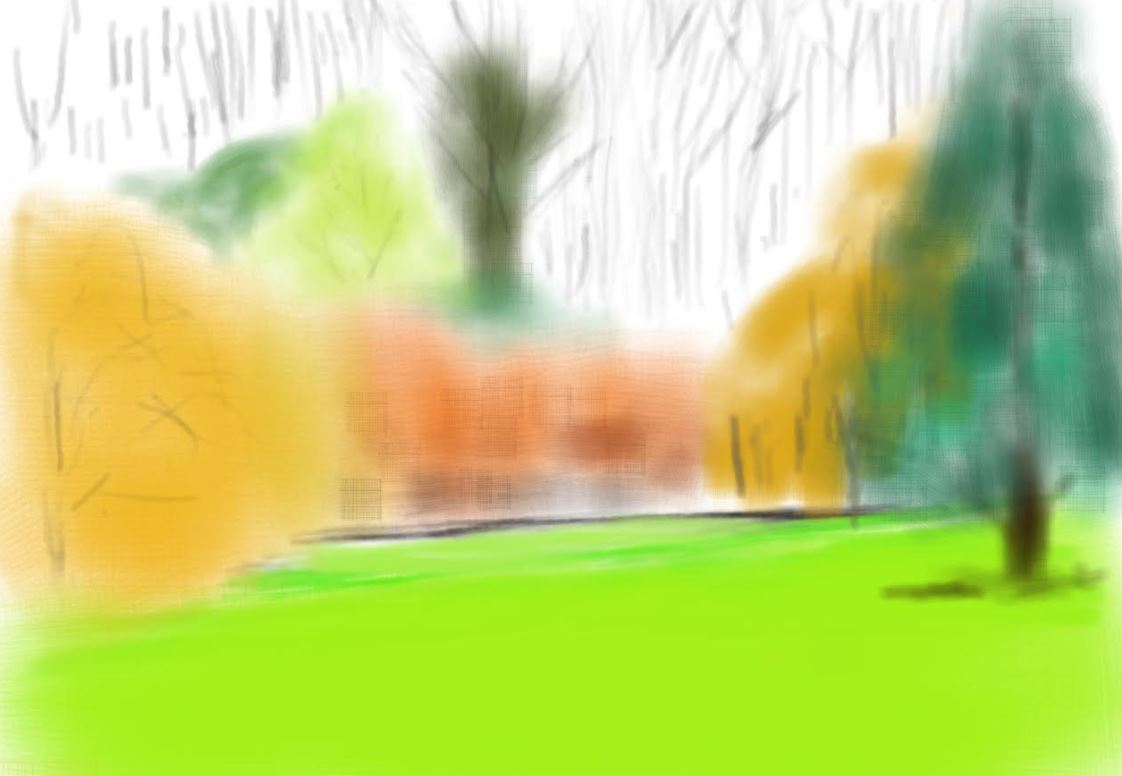| I was pulling up some bindweed by the side of the house when I came across a crack in the ground from which buzzing bees emerged. I put a couple of flags half over the opening to provide a bit of protection and then sat and watched them emerging and reentering the nest. I took some photos and then used a bee identification chart to see that these where white tailed bees. |
| That triggered my interest in the bees in my garden and I went in search of flowering plants to see what bees I could find. In the far corner of the field I discovered some flowering blackberry bushes tangled up with nettles and thistles and this few square metres was alive with bees from 7am to 7.30pm. |





 RSS Feed
RSS Feed